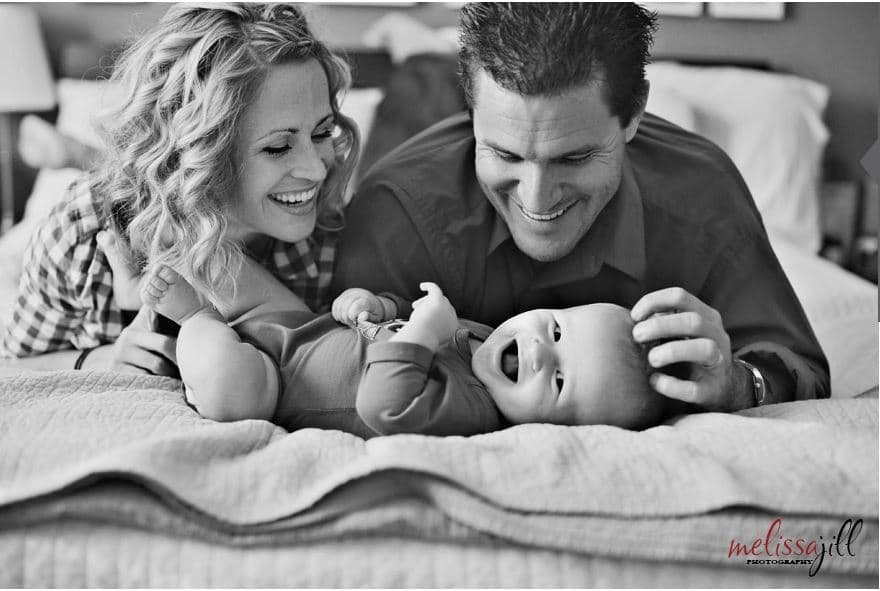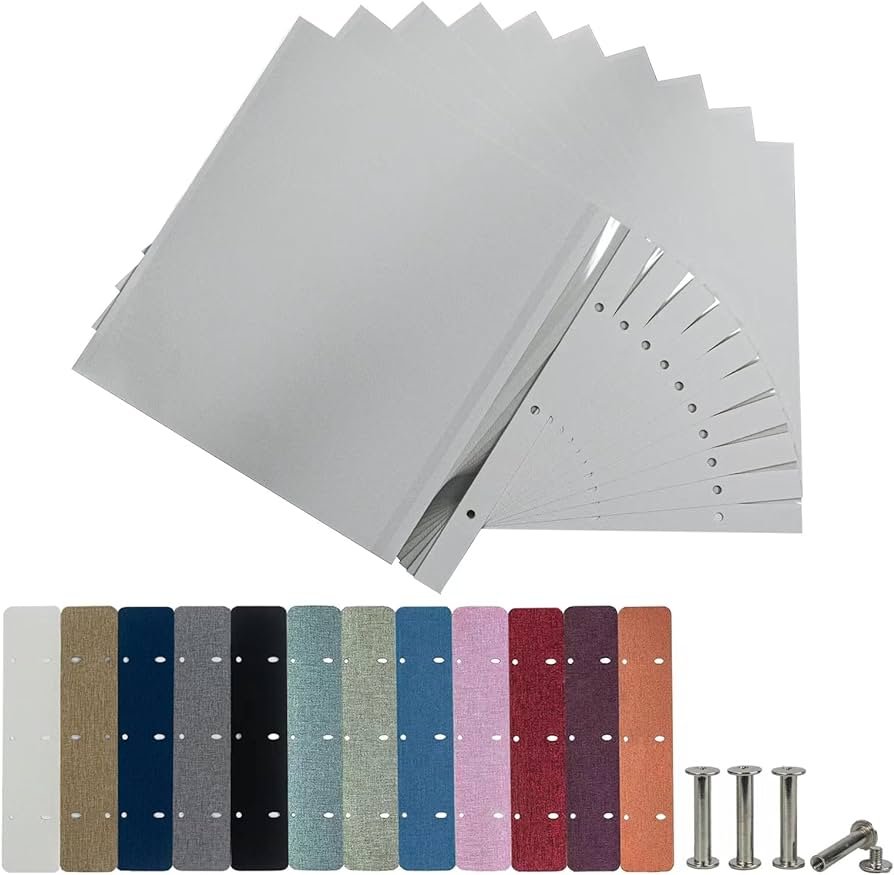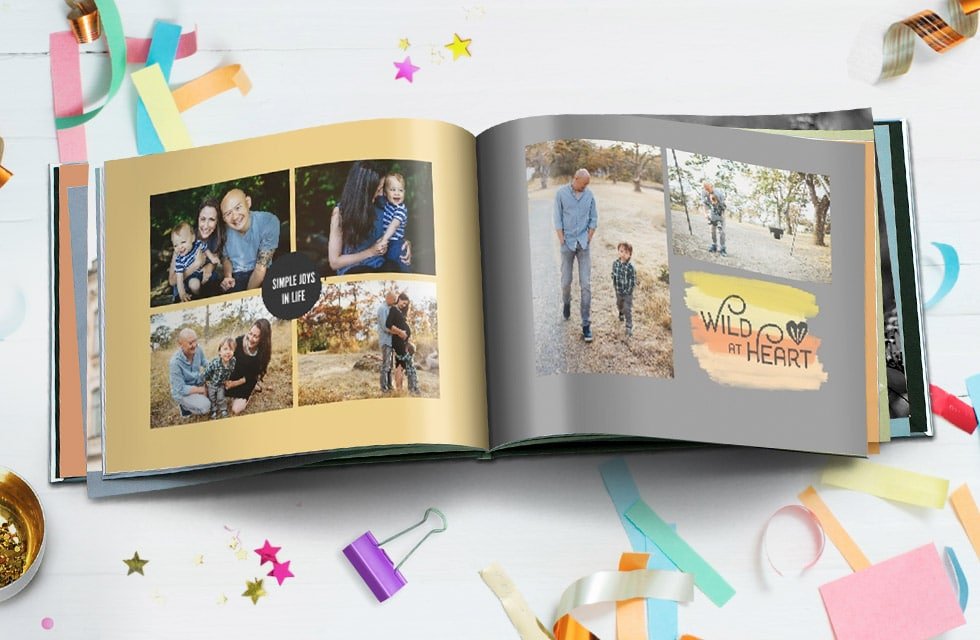Welcome to thebestphotostudio! Today, we will dive into the magical world of Newborn Photography. Learn how to capture those precious early moments and create lasting memories with your little bundle of joy. Let’s explore the art of Newborn Photography together!
Mastering the Art of Newborn Photography: Essential Tips and Techniques
When it comes to newborn photography, mastering the art requires a combination of technical skills, creativity, patience, and understanding of newborn behavior.
One essential tip is to ensure the newborn is comfortable and safe throughout the session. This includes keeping the room warm, using soft fabrics for wraps and props, and handling the baby with care.
Another technique to master is the use of natural light to create beautiful and soft portraits of newborns. Positioning the baby near a window or using diffused light can help achieve this.
Additionally, developing a strong connection with the parents can lead to more successful newborn photography sessions. Understanding their preferences, communicating clearly, and involving them in the process can result in images that are meaningful and cherished.
In conclusion, mastering the art of newborn photography requires a combination of technical skills, creativity, and interpersonal abilities to capture timeless images of these precious moments.
Natural Light Baby Portraits in a Garage | Master Your Craft
Newborn Photography – How to Pose Older Newborn Babies
How can I begin my newborn photography?
To begin your newborn photography journey, consider taking the following steps:
1. Education: Take workshops, courses, or online tutorials specific to newborn photography to learn about techniques, safety protocols, and posing tips.
2. Practice: Start by practicing on a doll or a willing friend’s baby to get comfortable with handling newborns and perfecting your skills before working with paying clients.
3. Safety First: Prioritize the safety of the newborn at all times. Ensure the room is warm, use soft materials for props, and never force a pose if the baby is uncomfortable.
4. Build Your Portfolio: Start building a portfolio of newborn photography work by offering free or discounted sessions to friends, family, or acquaintances with newborns.
5. Invest in Equipment: While you don’t need the most expensive gear to start, investing in a good camera, lenses, and props can enhance the quality of your newborn photography.
6. Marketing and Branding: Create a website or social media profiles to showcase your work. Utilize platforms like Instagram and Facebook to attract potential clients.
7. Network: Connect with other newborn photographers, join online communities, and attend industry events to learn from others and potentially collaborate or receive referrals.
Remember, patience and practice are key in newborn photography. Keep honing your skills and developing your style to stand out in this competitive field.
How to do a newborn photoshoot at home?
To do a newborn photoshoot at home, follow these steps:
1. Choose the right time: Newborns are usually sleepier and more cooperative in the first two weeks of life, so aim to schedule the photoshoot during this timeframe.
2. Find a well-lit area: Natural light is ideal for newborn photography, so choose a room with good natural light (such as near a window) for your setup.
3. Set up a cozy and safe environment: Use soft blankets, wraps, and props to create a comfortable and secure space for the baby. Make sure the room is warm enough for the baby’s comfort.
4. Capture candid moments: While posed shots are classic in newborn photography, don’t be afraid to capture candid moments of the baby, such as yawning or stretching.
5. Focus on details: Don’t forget to capture close-up shots of the baby’s tiny features like hands, feet, and eyelashes.
6. Be patient and gentle: Newborns can be unpredictable and may need frequent breaks for feeding, changing, or soothing. Stay calm, patient, and gentle throughout the photoshoot.
7. Edit with care: After the photoshoot, edit the images carefully to enhance the lighting, colors, and overall look of the photos without over-editing.
Remember, safety is the top priority when doing a newborn photoshoot at home. Always have a spotter nearby when using props, and never force the baby into uncomfortable poses. Enjoy the process and cherish the precious moments captured during the photoshoot!
How to pose newborns for photography?
When posing newborns for photography, it’s important to prioritize their safety and comfort above all else. Here are some tips to help you create beautiful and safe poses:
1. Keep the baby warm: Newborns are most comfortable when they are warm, so make sure the room is heated and have plenty of blankets on hand.
2. Use soft and smooth fabrics: When choosing props or outfits for your newborn photo shoot, opt for materials that are gentle on the baby’s delicate skin.
3. Start with simple poses: Begin with natural and easy poses before attempting more complex ones. Some popular poses include the “froggy” pose, “taco” pose, and “bum up” pose.
4. Always have a spotter: It’s crucial to have an assistant or spotter nearby at all times to ensure the baby’s safety during posing.
5. Be patient and gentle: Newborns can be fussy and unpredictable, so take your time and handle them with care to avoid any discomfort.
6. Focus on capturing natural moments: Sometimes the best photos come from candid shots when the baby is in a comfortable and relaxed position.
7. Adjust for each baby: Every newborn is different, so be flexible and adaptable with your poses to accommodate their unique characteristics and preferences.
Remember, the well-being of the baby should always come first in newborn photography. Take your time, be patient, and enjoy the process of creating beautiful memories through your images.
What are the best settings for newborn photography?
When it comes to newborn photography, the best settings will vary depending on the lighting conditions and the equipment you are using. Here are some general guidelines to help you get started:
1. Aperture: A wide aperture (around f/2.8 to f/4) can help create that dreamy, soft-focus look in newborn photos. It also allows you to blur the background and draw focus to your subject.
2. Shutter Speed: To avoid motion blur, it’s best to use a fast shutter speed (around 1/200 or higher) when photographing newborns, especially if they are moving or being held by someone else.
3. ISO: Keep your ISO as low as possible to maintain image quality and reduce noise. Start around ISO 100 and adjust as needed based on the lighting conditions.
4. White Balance: Use a custom white balance setting or adjust it in post-processing to ensure accurate colors in your photos.
5. Focus: Make sure to focus on the baby’s eyes or other key features to capture sharp, detailed images.
6. Lighting: Soft, natural light is ideal for newborn photography. Consider using window light or a softbox to create a gentle, flattering light on your subject.
Remember, these are just starting points, and you may need to adjust your settings based on the specific situation you are shooting in. Experiment with different settings to find what works best for you and the style of newborn photography you want to achieve.
Frequent Questions
What equipment is essential for newborn photography?
The essential equipment for newborn photography includes a camera, lenses (such as a 50mm or 85mm), soft lighting sources (like natural light or softboxes), props (such as blankets and baskets), and photography backdrops.
How can I ensure the safety of newborns during a photo shoot?
To ensure the safety of newborns during a photo shoot in Newborn Photography, always use a spotter for posing, keep the room warm, sterilize props and equipment, avoid risky poses, and communicate clearly with parents.
Is it necessary to have specialized training for newborn photography?
Yes, specialized training is necessary for newborn photography to ensure the safety and well-being of the newborn subjects.
In conclusion, capturing timeless moments through newborn photography requires patience, creativity, and attention to detail. By following these tips and techniques, you can create stunning images that will be cherished for a lifetime. Remember to prioritize safety, comfort, and a nurturing environment for the newborn throughout the photo shoot. Embrace the beauty of these early days and let your passion for photography shine through in each and every frame. Start your journey into the world of newborn photography with confidence, knowing that you have the skills and knowledge to create beautiful art that families will treasure forever.







